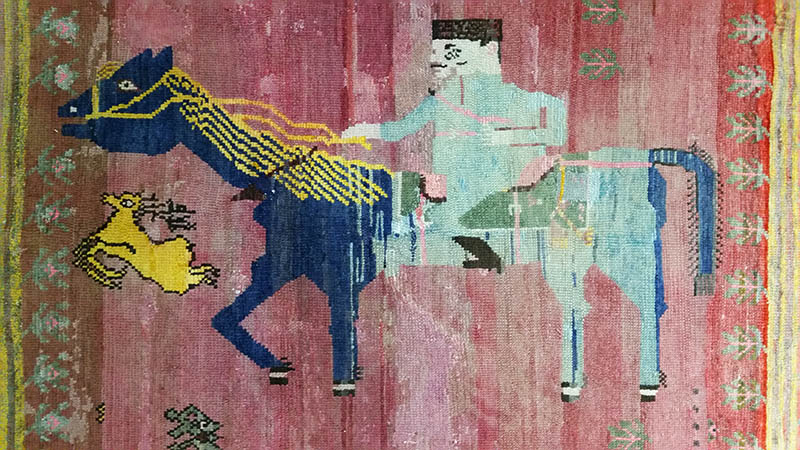Articles
Persian arts and culture
Article author: FUNCI
Date of publication of the article: 20110624
Year of publication: 2011
Persia: 30 Centuries of Arts and Culture presents nearly 200 works from Persia’s antiquity to the end of the Qajar Dynasty in 1925. The exhibition begins with the Achaemenids, who built roads, canals, splendid palaces and temples adorned with sculptures and bas-reliefs. At the edges of their empire, nomadic peoples also left traces: Nomads from the Scythian Empire built monumental burial mounds. First excavated in the time of Peter the Great, these kurgans yielded spectacular gold objects. In the second half of the fourth century BC, the Achaemenids’ weakened state was conquered by Alexander the Great, and Greek influence is clearly visible in the great cultures of the Parthians and the Sassanids. The latter excelled at making elaborately worked silver objects, often decorated with hunting scenes. With the advent of Islam, the vocabulary of art changed. The exhibition displays bronzes, such as a remarkable incense burner in the shape of a cock, and earthenware, including a suite of 22 frieze tiles from the 13th-century mausoleum of Pir Husayn. Persian miniatures flowered in the 15th and 16th centuries, and nearly 40 miniatures and book manuscripts are included in the exhibition. Two rooms are devoted to other Persian art between the 15th and the 18th centuries, including ceramic dishes—some of whose forms and cobalt decoration show Chinese influence—and glass, much of it produced in Shiraz. Among costly and fragile Persian textiles are two striking 16th-century fragments, both showing a prince at a banquet in a blossoming garden. Persian envoys often took valuable fabrics such as these with them as diplomatic gifts. The exhibition ends with a survey of the art of the Qajars, marked by great splendor, luxury and opulence.
Hermitage Amsterdam, through September 16.


